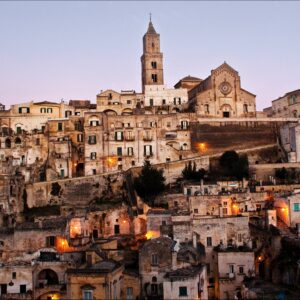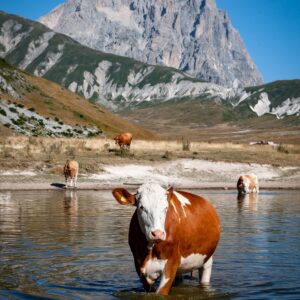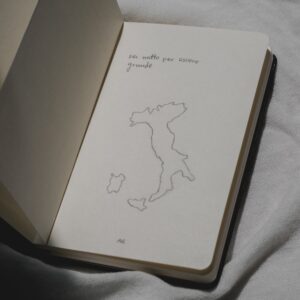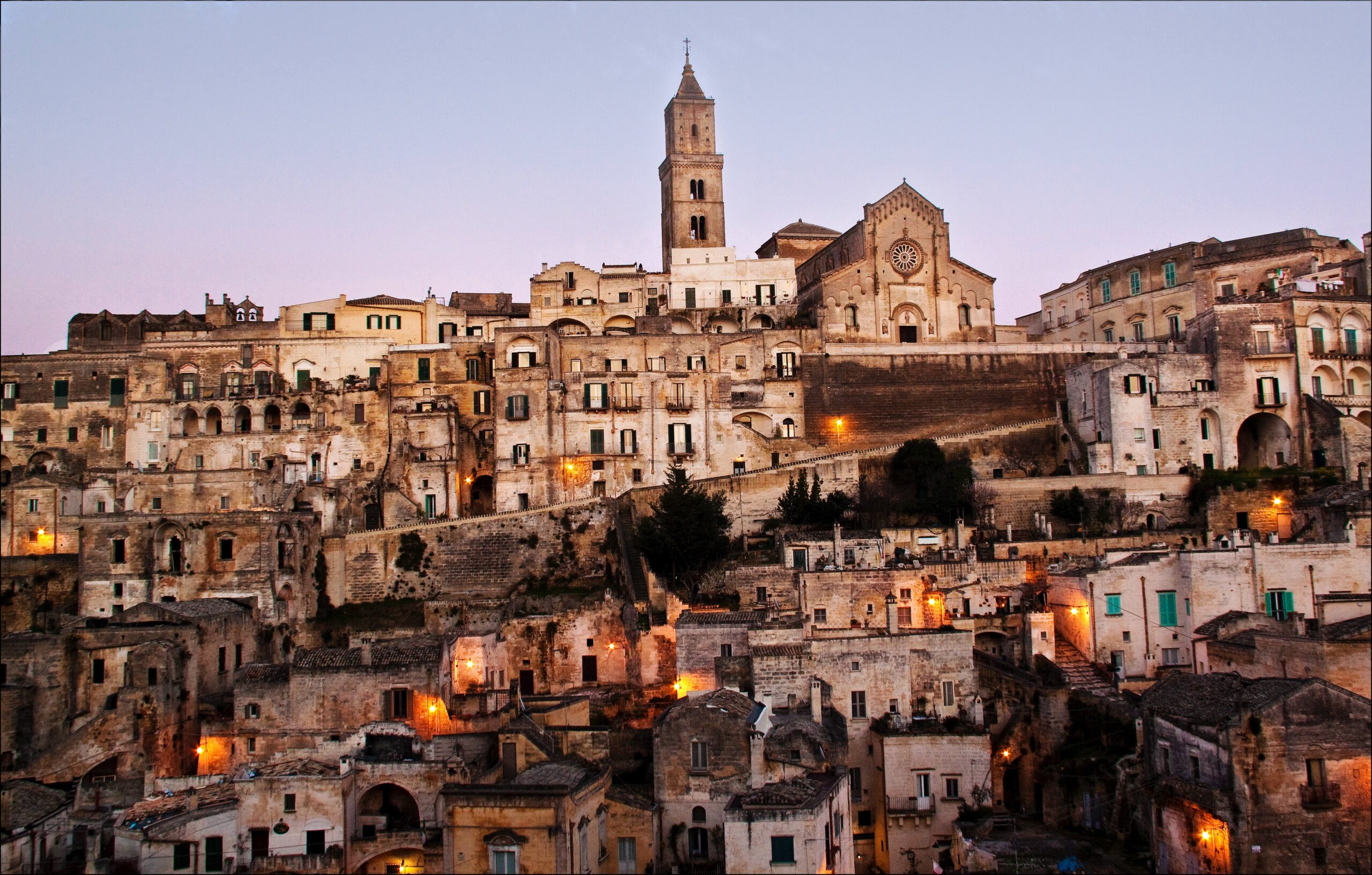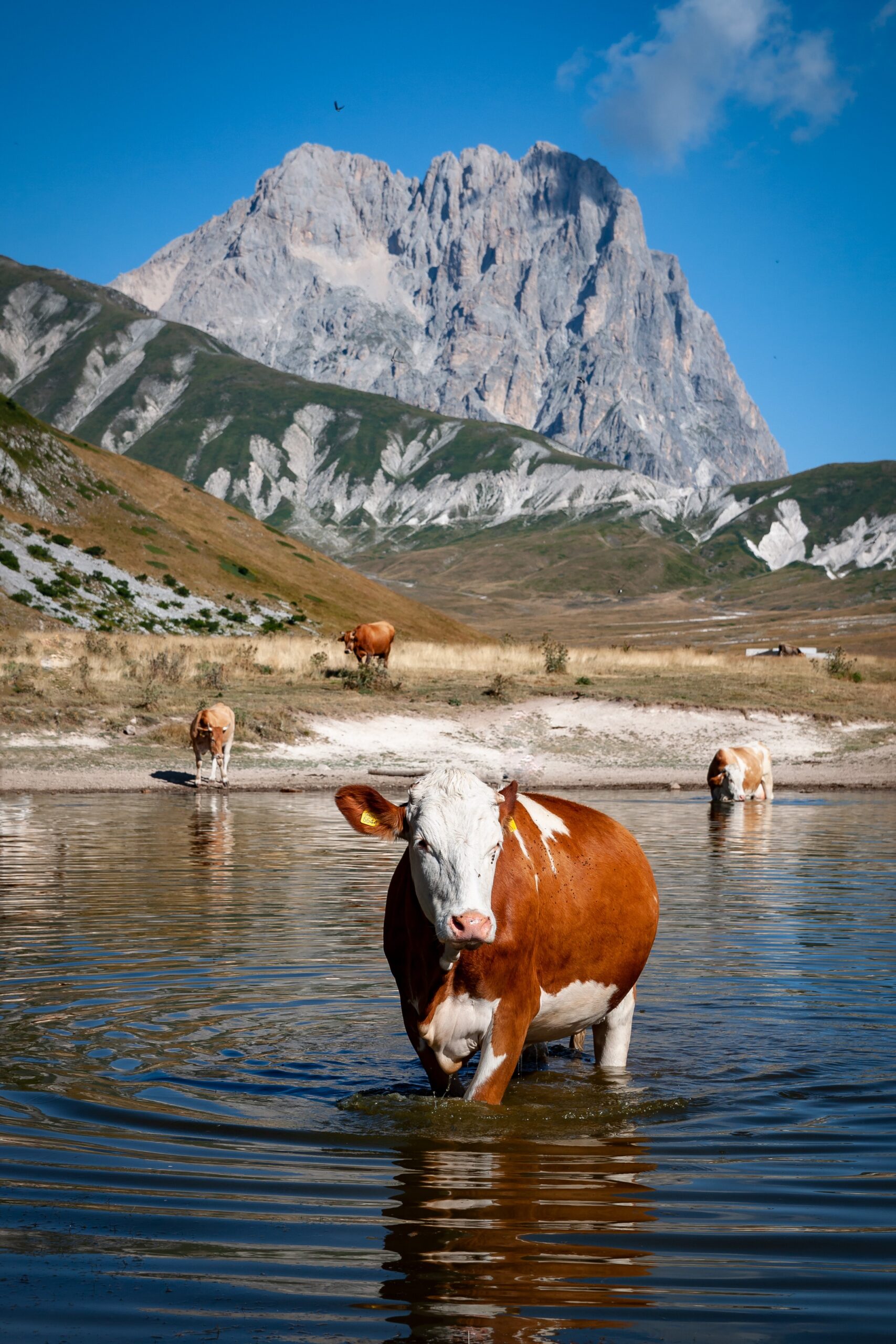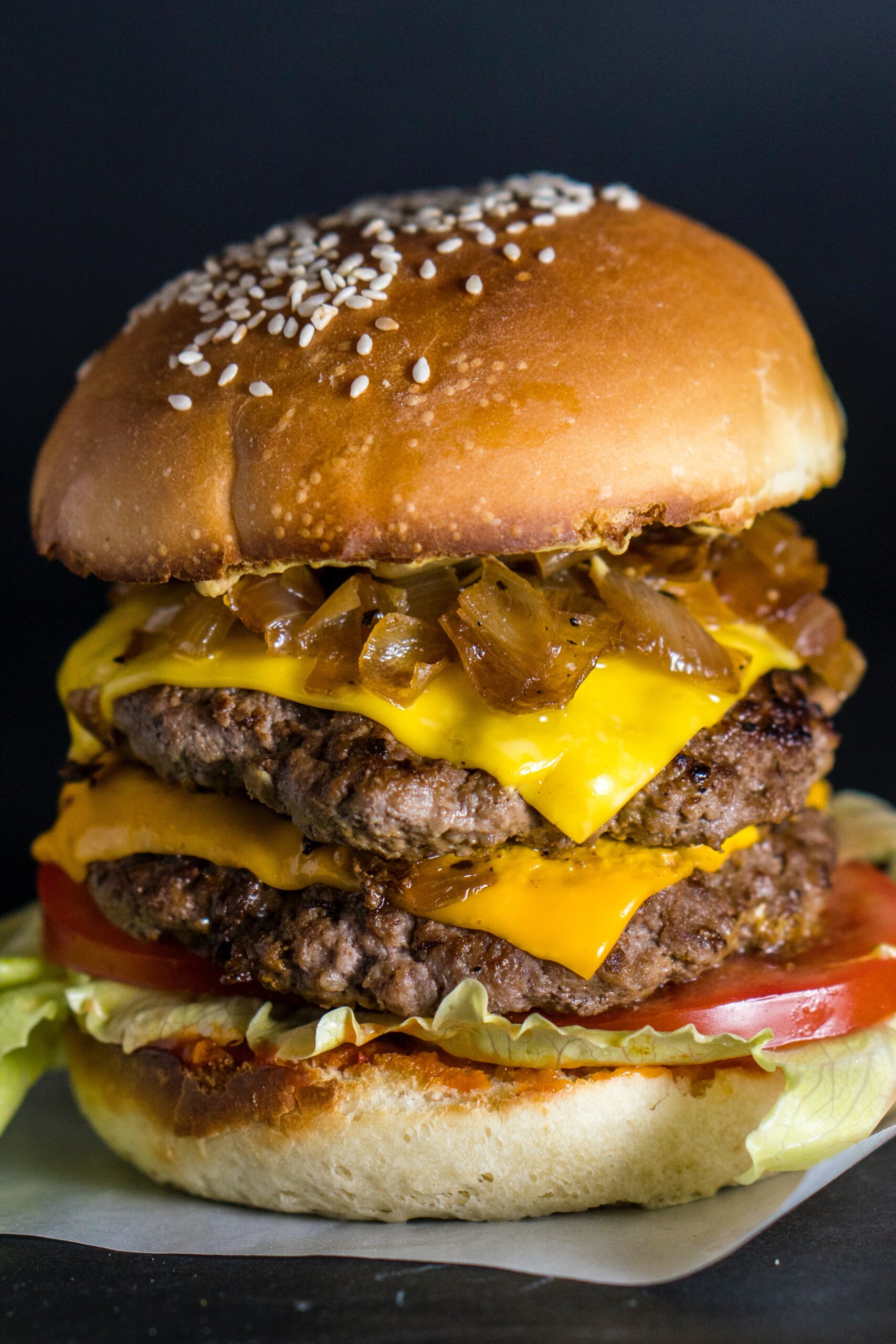Wine and Food in Friuli-Venezia Giulia
Friuli-Venezia Giulia is one of the twenty Italian administrative regions and one of its five regions with a special statute. This depends on its bordering position, which also means a varied wine and food heritage.
The region lies in the northeastern corner of Italy, and it borders Austria (to the north) and Slovenia (to the east). Together with neighboring areas, a large part of the region belonged to the Habsburg empire for centuries. No surprise, then, that both Germanic and Slavic cultures left their mark in local traditions.
Although quite small, Friuli-Venezia Giulia spans from the Adriatic Sea to the Alps, therefore it offers a range of climates and of foods, with main ingredients going from fish and seafood to alpine cheese and wild game from the mountain woods. Wine production is diverse as well, with a lot of grape varieties of different origins coexisting, yet not uniformly distributed, in the area, and a couple of unique styles.
Vineyards and wines of Friuli Venezia Giulia
Vines are cultivated in the southern part of the region (roughly from Udine to the coast), as soon as the Alps wane, and main winemaking centers are located to the east. There are about 20.000 hectares under vine, overall, and a large number of cultivated varieties, both indigenous and international. The presence of grape varieties of different origins depends on the strong link the region had with Central Europe in the past. For the same reason, wines made from a single variety, typical of the German winemaking culture, here are as traditional as blends of different varieties, typical of the French and of the Italian one. Yet, the region doesn’t have a uniform identity, when it comes to wine production.
Wine styles in Friuli-Venezia Giulia
French varieties in a German style
The most famous subzones are probably Collio and Colli Orientali del Friuli, where varietal crisp white wines are produced thanks to oxygen-proof, stainless steel equipment, according to the clean style introduced in the region – and in Italy, too – by Mario Schioppetto, back in the Sixties.
Varieties commonly used for these wines are mostly international: Pinot Grigio (Gris), Pinot Bianco (Blanc), Sauvignon Blanc, Chardonnay and obviously Friulano, which, conversely to what its name may suggest, is actually a French grape, Sauvignonasse. Together with local white varieties, they all can be part, at different proportions, of praised local white blends.
Two local white varieties are used to produce renowned Ramandolo wine, made from dried grapes of Verduzzo, and Picolit, a rare, botrytised one from same-named grape, both sweet.
Cradle of orange wines
Malvasia Istriana, whose land of origin is believed to be much closer, being named after the Istrian Peninsula, is also common here, while autochthonous Ribolla Gialla is probably more prized, nowadays. It is not, as it was believed until DNA profiling made in 2008, the variety known as Robola in Greece, and originated, in all likelihood, between Friuli and Slovenia, and here is where it was revived, back in the Nineties, when a group of wine makers started producing macerated white wines from Rebula in the hamlet of Oslavia. Nowadays orange wines are a trending style and are produced all over the world, although the quality and the uniqueness of the wines from Oslavia is often unparalleled.
Mash on the beach
Macerated white wines are not a prerogative of the part of the region named Friuli. Venezia Giulia also has its center for this style, and it’s the small hamlet of Prepotto, on the coastal side of the Karst plateau, where Edi Kante began experimenting at the same time as the group of Oslavia, with which he was in touch, using at first Chardonnay and, shortly later, Vitovska.
Similarly to what happened with Ribolla in Friuli, the most iconic macerated wine from Prepotto is nowadays made from autochthonous Vitovska.
Copper rather than amber
Josko Gravner and the winemakers that first created amber wines must obviously be given credit for reviving an ancient, low-intervention winemaking philosophy, for showing the value of autochthonous varieties and for fostering an environment-friendly viticulture, but their white wines are not the only ones with a reddish hue.
Before pneumatic presses and so-called reductive winemaking were introduced, Pinot Grigio’s dark skins gave wines a coppery hint, even when only briefly soaked in must. This kind of Pinot Grigio, called “ramato” (“rame” meaning “copper”) never really disappeared and is currently returning into fashion, although at different degrees of maceration.
There also are black grapes
Merlot is the most planted black variety of the region and Cabernet Franc is also pretty common, but most interesting red wines are made from Refosco dal Peduncolo Rosso, Schioppettino, Pignolo and Tazzelenghe. These local, rare and once almost extinct varieties – all from the area around Cividale – are obscure to consumers from outside the area, but are capable of high quality, long-living wines.
The Karst plateau also has its distinct black grape, Terrano. It’s often produced for early consumption and, because of its very high acidity and high tannins, may result in quite harsh wines that are only enjoyed with cured pork meat and cheeses in typical osmice, the family run, rustic inns found on Karst.
Typical wine and food pairings in Friuli-Venezia Giulia
Ham and salami are obviously not the only food specialties found in Friuli-Venezia Giulia.
Frico is probably the “national dish” of Friuli and consists of pan-melted and toasted Montasio cheese, to which potatoes are often (but not always) added. Some also add onions and lard, and the result is always a savory dish with a rich, oily mouthfeel. That’s why the most common wine pairing is Refosco dal Penduncolo Rosso, the most common local black variety. Tazzelenghe and Terrano may also do well, while a concentrated Collio blend may be the choice for those who don’t drink red wine at all.
Cjarsons are a specialty of the Carnia area. They are a kind of pasta filled with herbs, cheese, dried fruits, cinnamon and dark chocolate. Typically, they are dressed with melted butter and smoked ricotta cheese. Because of their delicate, yet complex, savory-sweet taste they match well with intensely fruity Pinot Grigios, maybe slightly macerated, too, while Friulano fits with the versions of this recipe that are richer in herbs.
Prawns and mantis shrimp are abundant in the Adriatic Sea and are the basis for many local dishes, to which fresh white wines are usually paired.
Buzara is a typical recipe for prawns, according to which they are cooked in a tasty sauce made of fresh tomatoes, herbs, garlic and white wine. Buzara’s intense taste makes macerated Vitovska or Malvasia a good choice, especially when sauce and prawns are used to dress pasta.
Traditional desserts – gubana, putizza, presnitz, pinza – are often baked and have a dry or no filling at all, something that makes them easy to enjoy with regional sweet wines.
Photo by Julia Solonina on Unsplash


